When a punctured tire left me stranded in the middle of nowhere, I realized the power of a Porter Cable air compressor was more than just a tool in my Jeep engineer’s arsenal—it was a lifeline. That moment was a profound turning point, underscoring how mastering this equipment could transcend its workshop utility to become an essential companion in my outdoor adventures. As I explored its relentless versatility, from inflating tires to powering air tools, my understanding deepened, unlocking a realm of practical applications that transformed my approach to problem-solving and provided newfound independence on the road.
In this article, I’ll share my hands-on insights into Porter Cable air compressor usage, guiding you through the setup, operation, and maintenance of this indispensable tool. Drawing from my personal experiences, I’ll break down actionable tips that enhance efficiency and reliability, ensuring you’re well-prepared for any situation—be it in the garage or the great outdoors.
What is a Porter Cable Air Compressor?
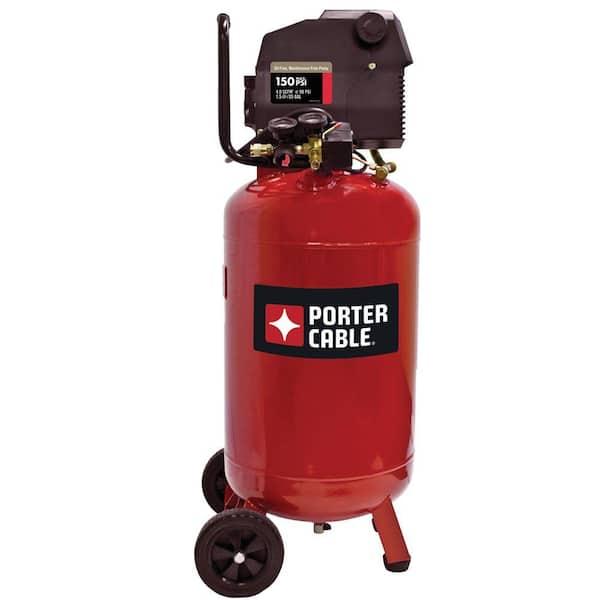
The first time I used a Porter Cable 6-gallon pancake compressor was during a DIY project at home. I was amazed by its compact size yet powerful performance. This handy unit became a cornerstone in my tool arsenal, offering seamless flexibility and robust output. Did you know that some air compressors are designed to be silent yet powerful, making them perfect for indoor use? This was precisely what struck me about the Porter Cable. Unlike other compressors I’ve tried, which sounded like a jet engine in a garage, this one allowed me to focus on my tasks without excessive noise distractions.
Compact yet mighty, the Porter Cable air compressor features an oil-free design, cutting down on maintenance time and eliminating the mess of oil spills—an issue that had plagued previous projects of mine. Its intuitive design delivers significant air power, driving everything from brad nailers to spray guns effortlessly. The thoughtful engineering means I’m not lugging around a heavy, unwieldy contraption, making my DIY endeavors more enjoyable and less laborious.
In this section, I aim to provide you with a thorough understanding of what makes the Porter Cable air compressor not just a tool, but a trusted work partner. Whether you’re new to air compressors or looking to enhance your tool collection, understanding this balance of power and portability is key to mastering your tasks efficiently and effectively.
Why Use a Porter Cable Air Compressor?
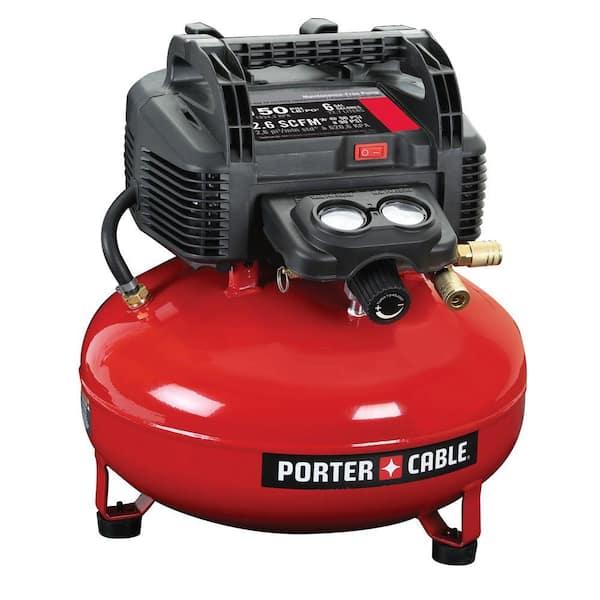
What if I told you that using the right air compressor could double your productivity on any project? That’s exactly what I discovered with the Porter Cable air compressor. This realization hit me like a revelation during an ambitious project where I decided to paint my Jeep’s exterior. The compressor enabled me to ditch the tedious manual methods for efficient air tools. The result? I finished the job in a fraction of the time, achieving a professional finish that would have been impossible otherwise.
The benefits of the Porter Cable air compressor extend beyond sheer speed. Reliability is another major advantage. This compressor consistently delivers the power needed for a range of tools, whether it’s painting, nailing, or even inflating tires with precision. And let’s not overlook safety. From my own experience, having built-in safety features like automatic shut-off adds immense peace of mind. It’s something I value deeply, having learned firsthand the consequences of ignoring essential safety precautions. Simply put, this compressor is designed with user protection in mind.
For anyone serious about their projects, choosing the right tools is crucial. With the Porter Cable, I’ve not only enhanced my productivity but also ensured I could tackle each task confidently and safely. This tool is an asset for anyone looking to elevate their craftsmanship to professional levels. If you’re aiming for efficiency and quality, embracing a Porter Cable air compressor is a decision you’ll never regret.
How to Set Up Your Porter Cable Air Compressor
Selecting the Right Location

Have you ever picked the worst possible location for a tool setup? Let me share my costly mistake. In my early days, I naively set up my Porter Cable air compressor right next to my car. One rainy day, I discovered the hard truth that water and electrical equipment don’t mix well. Since then, I’ve learned the importance of selecting the right location, which is integral to the Preparation Steps in setting up your compressor.
To avoid repeating my blunder, I now always choose a well-ventilated, dry area — away from vehicles and prone areas with water risk. This setup is critical for both the safety and longevity of the compressor. Prioritizing compressor safety precautions ensures that your equipment is not only functional but also protected against unnecessary hazards. A strategically chosen location also eases accessibility, making operations and maintenance far more streamlined.
Once you’ve secured the ideal space, which acknowledges safety and utility, you’ll be well-prepared to move on to effectively connecting the accessories and enjoying a seamless operating experience.
Connecting the Accessories
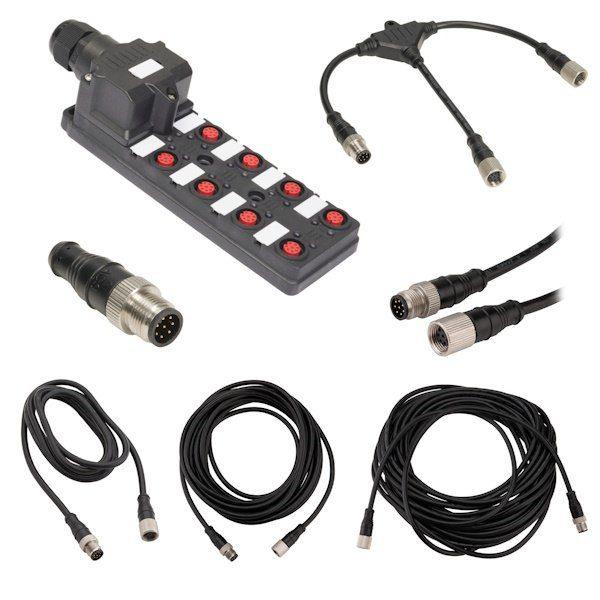
What’s the secret behind making your air tools perform at their best? It lies in the connections you make! From my journey with my Porter Cable Air Compressor, I’ve learned that connecting the accessories correctly is fundamental. Using a nail gun with the compressor, for instance, was a game-changer, but only after I mastered the process of attaching the right fittings. The key is to ensure all connections are airtight to avoid frustrating air leaks.
Initially, my excitement quickly turned to frustration as I struggled with air flow optimization. It wasn’t just about plugging in hoses; it required balancing pressure settings with nozzle size. My breakthrough came when I realized the subtle importance of each connection point—each nozzle and fitting’s size can alter how the tool performs. By tightening everything properly and double-checking each attachment, I finally achieved smooth operations and reliable performance.
Operating Your Porter Cable Air Compressor
Starting the Compressor
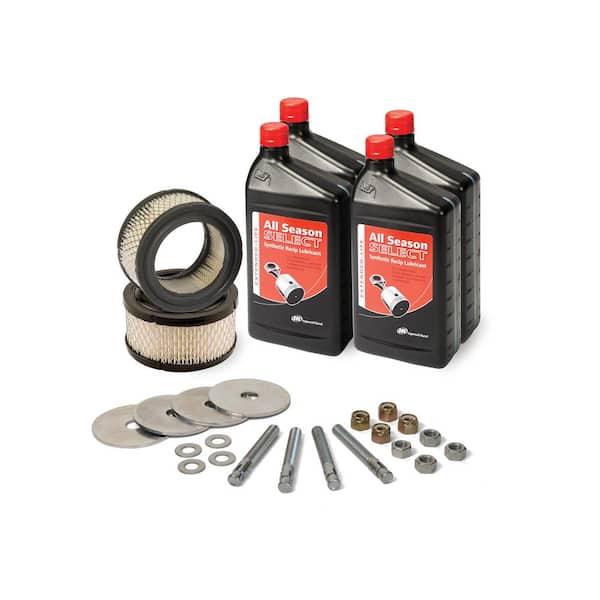
Ever been nervous starting a powerful tool? Learn why that initial moment can define your entire project! Flipping the switch on my Porter Cable air compressor was a blend of sheer excitement and anxiety. In that moment, it’s all about initiating the machine correctly to ensure the rest of your task goes smoothly. Starting the compressor is not just about pressing a button; it’s about listening and understanding your machine.
From my experience, the first sounds you hear are crucial. If something doesn’t sound right, it often indicates potential problems—like a clogged filter or low oil levels. Mastering this initial phase prepares you for the eventual need for compressor troubleshooting. Listening carefully and taking immediate note of any irregularities can save you time and frustration later. Remember, a smooth start translates to an efficient workflow, and mastering this start-up ritual ensures a strong foundation for whatever project you’re tackling next.
Adjusting the Air Pressure
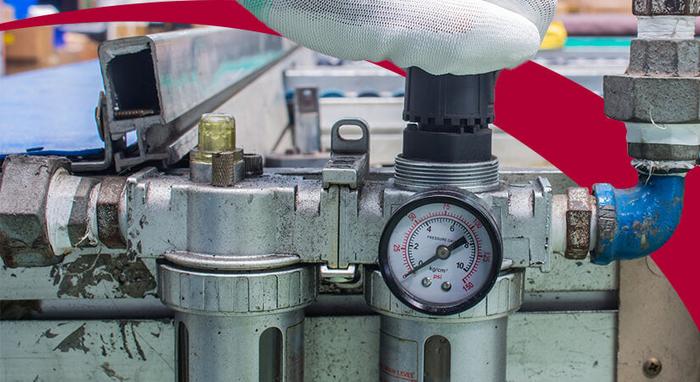
What happens when you apply the wrong pressure? Trust me; you won’t want to find out the hard way! Adjusting the air pressure is not just a procedural step—it’s essential for ensuring the safety and efficiency of any task I take on with my Porter Cable air compressor. Operating this incredible tool requires a keen understanding of the correct air pressure settings for each job. Drawing from my own mishaps, I can’t stress enough the importance of calibrating the PSI to match your tool’s requirements. I once overlooked this detail, and the consequences were disastrous. Since then, I meticulously check the needed PSI, committing to get it right before even turning on the compressor. This diligence not only protects your equipment but also significantly enhances your work precision. By aligning air pressure accurately, you ensure both productivity and longevity for your compressor’s life, setting a foundation for seamless operations and successful outcomes.
Maintaining Your Porter Cable Air Compressor
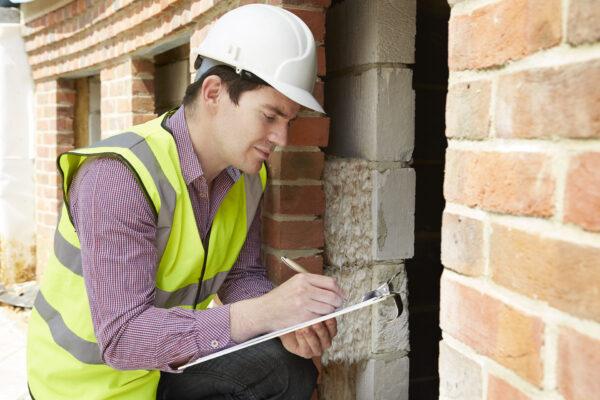
Why wait for a problem to arise before maintaining your tools? Discover how preventive care can save you hassle! I wish someone had drilled that mantra into my head early on. Back in the day, I naively believed that such robust equipment would soldier on without much attention. It wasn’t until my Porter Cable air compressor limped to a halt in the midst of a critical project that I learned the value of regular care. That experience was a game-changer for me.
Now, meticulously maintaining my compressor feels almost second nature. My first step is routinely checking the oil levels—a practice that’s become a calendar staple. It’s one of those simple yet vital actions that ensures smooth functionality. Similarly, cleaning the filters regularly prevents debris accumulation that can suffocate the efficiency of the machine.
Each maintenance task I perform is a chapter in my hands-on narrative—a commitment to my tools and the work they empower me to do. It’s not just about avoiding breakdowns, but nurturing the reliability and longevity of my equipment. In essence, this proactive approach not only bolsters the compressor’s lifespan but ultimately protects my investment from costly repairs.
With this mindset, the transition from reactive to preventive maintenance isn’t just an unwelcome chore but a wise strategy, imbued with the lessons life’s unpredictability has sketched for me. Embracing that shift keeps me a step ahead, ensuring my Porter Cable air compressor is always up to any challenge I set before it.
Troubleshooting Common Issues

I’ve encountered every conceivable hiccup with my Porter Cable air compressor—from irritating leaks to perplexing pressure losses. Yet, each issue has been a learning experience. What if I told you most compressor issues can be easily resolved with a simple fix? Let’s uncover the mysteries of troubleshooting!
When my compressor misbehaves, my first instinct is to check the intake filters. Over time, I’ve discovered that simply cleaning these filters can resolve a multitude of problems. It’s remarkable how often this overlooked maintenance task can restore functionality. I’ve made it a ritual now.
Another frequent issue is pressure loss. Initially, I worried this meant a serious fault, but more often than not, it’s nothing more than a minor leak in the hose or around the fittings. A quick check with soapy water exposes these leaks without fail. If you spot bubbles, there’s your culprit—a loose connection or a cracked seal.
Embracing troubleshooting has transformed my view of these hitches from frustration to fascination. Every bolt I tighten or gasket I replace is an opportunity to deepen my understanding of this invaluable machine. Tackling the inevitable challenges head-on ensures that my Porter Cable air compressor runs smoothly, while empowering me with newfound insights each step of the way.
FAQs
What are the key features of the Porter Cable Air Compressor?
How do I maintain my Porter Cable Air Compressor?
What safety precautions should I take when using the Porter Cable Air Compressor?
Can I use the Porter Cable Air Compressor with a variety of pneumatic tools?
Conclusion
Ready to take your air compressor skills to the next level? Join me in making the most out of this fantastic tool! Reflecting on my journey with the Porter Cable air compressor, I’ve realized that its versatility and power make it an indispensable part of any tool arsenal. Understanding its full potential can significantly enhance your efficiency and precision in various tasks.
Whether you’re setting it up, selecting the right location, or connecting essential accessories, each step offers a chance to optimize your experience. Through trial and error, I’ve learned the subtleties of operating and maintaining this robust machine, from adjusting air pressure to addressing common issues. Embrace the learning curve that comes with its usage, knowing that every moment invested pays off in spades.
Ultimately, the Porter Cable air compressor is more than just a tool—it’s a pathway to unlocking greater potential in your projects. Armed with these insights and tips, I encourage you to explore, experiment, and excel. Your efforts will transform challenges into achievements and make every task not only manageable but rewarding.